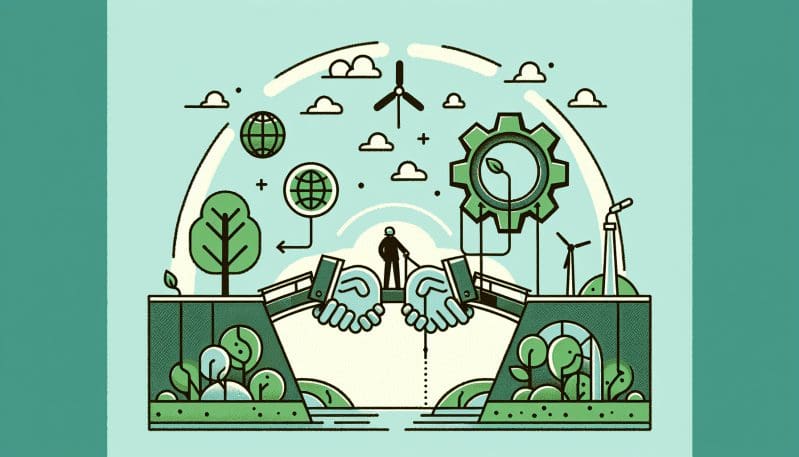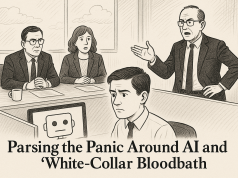As we stand on the cusp of a new era, the clarion call for sustainable practices rings louder than ever before. The shift towards a greener economy is not just a trend but an existential necessity as climate change threatens the very fabric of our global ecosystem. This paradigm shift carries with it a profound transformation in the labor market. With industries pivoting towards sustainability and green practices, a notable skills gap has emerged, one that poses both a challenge and an opportunity for the workforce. The question before us is clear: How do we bridge this green skills gap to ensure that our economy not only survives but thrives in alignment with environmental imperatives?
Understanding the Green Skills Gap
As renewable energy, waste management, and sustainable design become central to business models, traditional job roles are being redefined. The skills once sufficient to excel in various sectors are being outpaced by the need for knowledge in sustainability measures, green technology, and eco-conscious decision-making. This green skills gap highlights the disparity between the skills the workforce currently possesses and those required to drive forward a green economy.
The implications of this gap are far-reaching. Workers in industries ranging from construction to manufacturing, from energy to agriculture, must now navigate the challenging terrain of reskilling and upskilling to meet the evolving demands of the job market. Those who fail to adapt risk obsolescence, while those who embrace change will find new avenues for growth and opportunity.
Strategies for Bridging the Gap
The bridge across the green skills gap must be built on a foundation of education, policy, and collaboration. Governments and educational institutions have a pivotal role to play in shaping curricula that are responsive to the changing needs of the economy. This includes not only formal education but also vocational training and continuous professional development. Investment in STEM fields (Science, Technology, Engineering, and Mathematics) is critical, but so too is fostering a broader understanding of ecology, sustainable business practices, and environmental policy.
Employers, for their part, must commit to workforce development, offering training programs and incentives for employees to acquire green skills. Partnerships between businesses and educational organizations can facilitate the sharing of expertise and resources, creating a more dynamic and responsive learning environment.
Successful Case Studies
There are inspiring examples of successful upskilling initiatives. For instance, some companies have launched apprenticeship programs focused on renewable energy technologies, providing hands-on experience and formal qualifications. In certain regions, collaborative efforts between government bodies, industry, and educational institutions have led to the creation of dedicated green tech learning centers. These case studies serve as models for replication and scaling, showcasing the tangible benefits of investing in green skills development.
The Role of Each Stakeholder
The transition to a greener economy is a collective endeavor that requires input from all societal sectors. Governments must provide policy frameworks and funding to enable skill development. Educational institutions need to revise and revamp their offerings to keep pace with industry needs. Businesses ought to embrace their role in shaping a sustainable future by nurturing their workforce.
For workers, the message is one of proactive adaptation. By seeking out training opportunities, staying abreast of industry trends, and demonstrating a willingness to learn and innovate, they can position themselves at the forefront of the green revolution.
Conclusion
The journey across the green skills gap is one we must undertake with urgency and commitment. As the landscape of work transforms, so too must our approach to skill-building and professional growth. By embracing the potential of green jobs and sustainability careers, we pave the way for a resilient, prosperous, and sustainable future.
The task before us is formidable, but the path is clear. Together, we can cultivate a workforce adept in the arts of sustainability, ready to lead the charge against climate change and prepared to harness the power of a green economy. The time to act is now, for the future of work and the health of our planet rest in the balance.

























